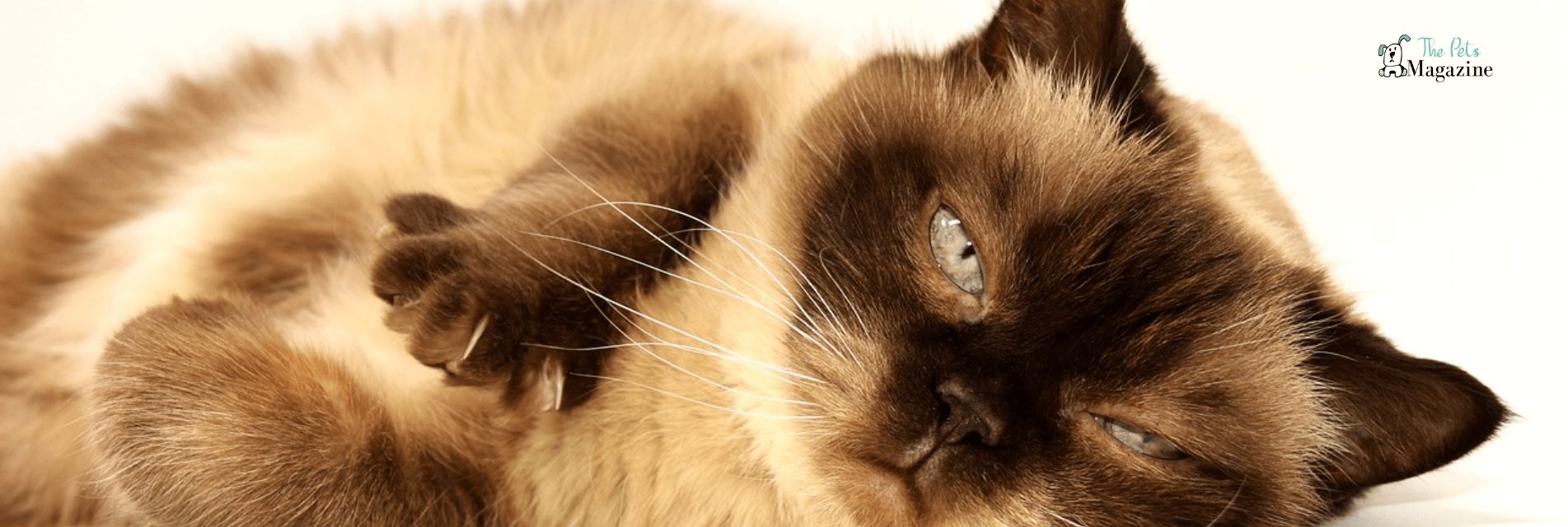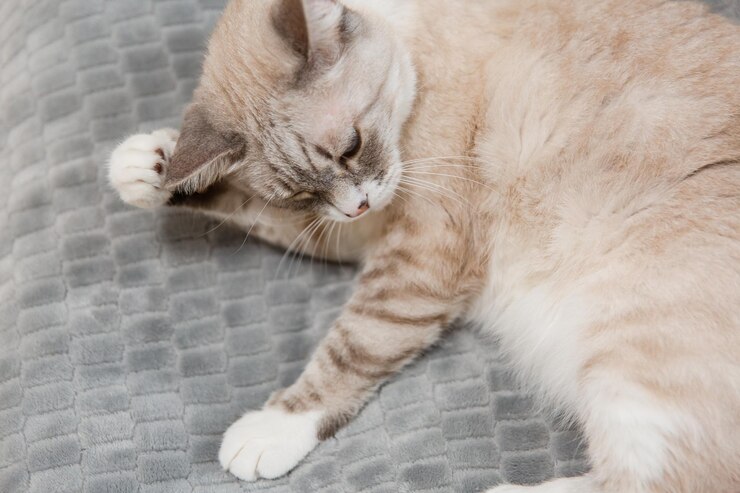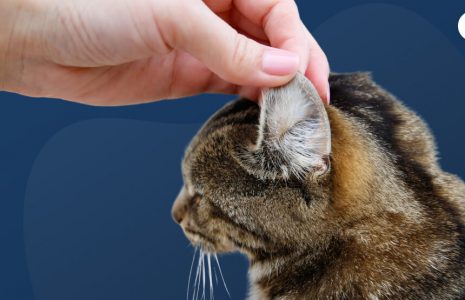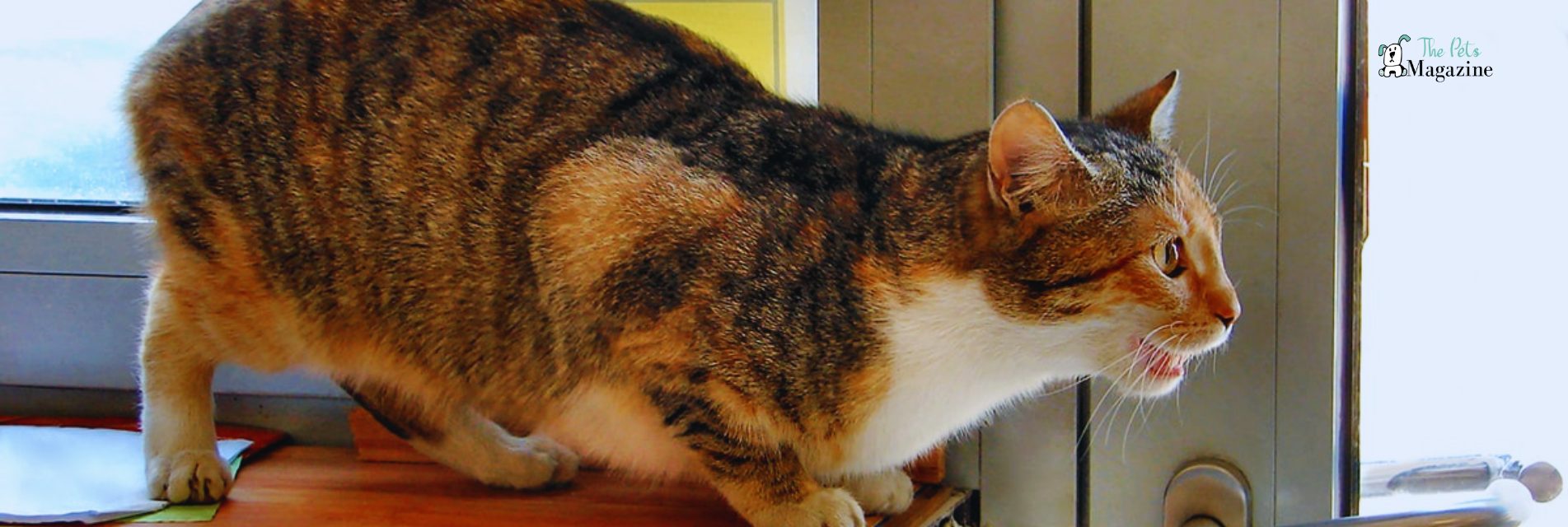Discover the Ultimate Guide to Hypoallergenic Cats: Say Goodbye to Allergies and Hello to Furry Cuddles!


Hypoallergenic cats are a dream come true for cat lovers who suffer from allergies. These special feline companions have been bred to produce less allergens than regular cats. As a result, these breeds are suitable option for individuals who previously thought they couldn’t own a cat due to their allergies.
The term “hypoallergenic” refers to the reduced likelihood of causing an allergic reaction. While no cat is completely hypoallergenic, certain breeds are known to be more compatible with allergy sufferers.
So before diving into the world of hypoallergenic cats, it’s essential to understand cat allergies and how they affect individuals.
What Factors Are Responsible For Causing Cat Allergies?
Cat allergies are primarily triggered by a protein called Fel d 1, which is found in a cat’s saliva, dander (dead skin cells) and urine. When a person with allergies comes into contact with these allergens, their immune system reacts, resulting in allergy symptoms such as sneezing, coughing, itching, and watery eyes.
It’s important to note that cat allergies can vary in severity from person to person. While some individuals may only experience mild discomfort, others may have more severe reactions that can greatly impact their quality of life. If you suspect you have a cat allergy, it is recommended to consult with an allergist to determine the best course of action. Now that you know what factors are responsible for causing cat allergies, lets see why some cats are considered hypoallergenic.
How Do Hypoallergenic Cats Differ From Regular Cats?
Hypoallergenic cats differ from regular cats in terms of the amount of allergens they produce. While no cat is completely allergen-free, hypoallergenic cats have less allergens compared to their non-hypoallergenic counterparts.
This is due to genetic factors and the presence of certain proteins in their saliva and dander. These proteins are responsible for triggering allergic reactions in sensitive individuals, and hypoallergenic cats have been selectively bred to minimize their production.
It’s important to note that hypoallergenic cats are not a guaranteed solution for all allergy sufferers. Each person’s sensitivity to allergens varies, and while hypoallergenic cats may produce fewer allergens, they can still trigger allergic reactions in some individuals. It is crucial to spend time with a hypoallergenic cat before bringing one into your home to ensure compatibility and minimize any potential allergy symptoms.
Popular Hypoallergenic Cat Breeds
By now, you have a basic understanding of the factors responsible for cat allergies and how hypoallergenic cats differ from regular cats.
So, let’s explore some of the most popular hypoallergenic cat breeds:
Siberian Cats
The Siberian cat is known for its thick, luxurious coat, which may seem counterintuitive for a hypoallergenic breed. However, Siberians produce lower levels of Fel d 1 protein, making them suitable for many allergy sufferers.
Balinese Cats
Balinese cats are often referred to as the “long-haired Siamese” due to their striking resemblance to the Siamese breed. Despite their long coat, Balinese cats produce lower amounts of Fel d 1, making them a popular choice for those with allergies.
Russian Blue
The Russian Blue is not only known for its elegant appearance but also for its hypoallergenic qualities. This breed produces fewer allergens, making it a great option for individuals with allergies.
Bengal Cats
While not traditionally considered a hypoallergenic breed, many allergy sufferers have reported fewer symptoms when living with a Bengal cat. The Bengal’s short coat and lower production of allergens make it a potential choice for those with mild cat allergies.
Siamese Cats
Although not hypoallergenic in the strictest sense, Siamese cats produce fewer allergens compared to other breeds. Their short, fine coat minimizes the spread of allergens, making them a potential option for allergy sufferers.
These are just a few examples of popular hypoallergenic cat breeds, but there are many others to explore. Remember to spend time with the breed you are considering to assess your personal compatibility.
How To Manage Cat Allergy While Living With A Cat
Living with cat allergies doesn’t necessarily mean you have to give up on the idea of having a feline friend. There are several strategies you can implement to manage and minimize allergy symptoms:
- Keep your distance: If you’re allergic to cats but still want to interact with them, try to maintain a safe distance. Avoid close contact, especially with the cat’s face and fur. This can help reduce exposure to allergens.
- Create cat-free zones: Designate certain areas of your home as cat-free zones, such as bedrooms or living spaces where you spend a significant amount of time. This can provide you with an allergen-free space to retreat to when needed.
- Invest in air purifiers: Air purifiers with HEPA filters can help trap and remove allergens from the air, including those produced by cats. Place these purifiers in rooms where the cat spends the most time to improve air quality.
- Regularly deep clean your home: Regular deep cleaning, including vacuuming and dusting, can help remove allergens from your home. You can also consider using a vacuum cleaner with a HEPA filter to capture cat dander and other allergens effectively.
- Wash your hands and clothing: After interacting with a cat, wash your hands thoroughly with soap and water. Consider changing your clothes to minimize the transfer of allergens.
By implementing these strategies, you can effectively manage your allergies and enjoy the company of a hypoallergenic cat without compromising your health.
Creating A Hypoallergenic Environment For Your Cat
Along with taking steps to manage your allergies, it’s crucial to create a hypoallergenic environment for your cat as well.
Here are some tips to consider:
- Regular grooming: Regular grooming sessions can help reduce the amount of allergens your cat produces. Brush your cat’s fur regularly to remove loose hair and dander.
- Bathing: While most cats don’t enjoy baths, regular bathing can help remove allergens from their coat. Use a cat-friendly shampoo recommended by your veterinarian and follow proper bathing techniques.
- Clean bedding and toys: Wash your cat’s bedding and toys regularly to prevent the buildup of allergens. Use hypoallergenic laundry detergent and follow the manufacturer’s instructions.
Keep a clean litter box: Scoop the litter box daily and replace the litter frequently to minimize the accumulation of allergens. Consider using low-dust litter to reduce airborne allergens.
By creating a hypoallergenic environment for your cat, you can help minimize the allergens they produce and create a more allergy-friendly home for both you and your furry companion.








Leave A Comment